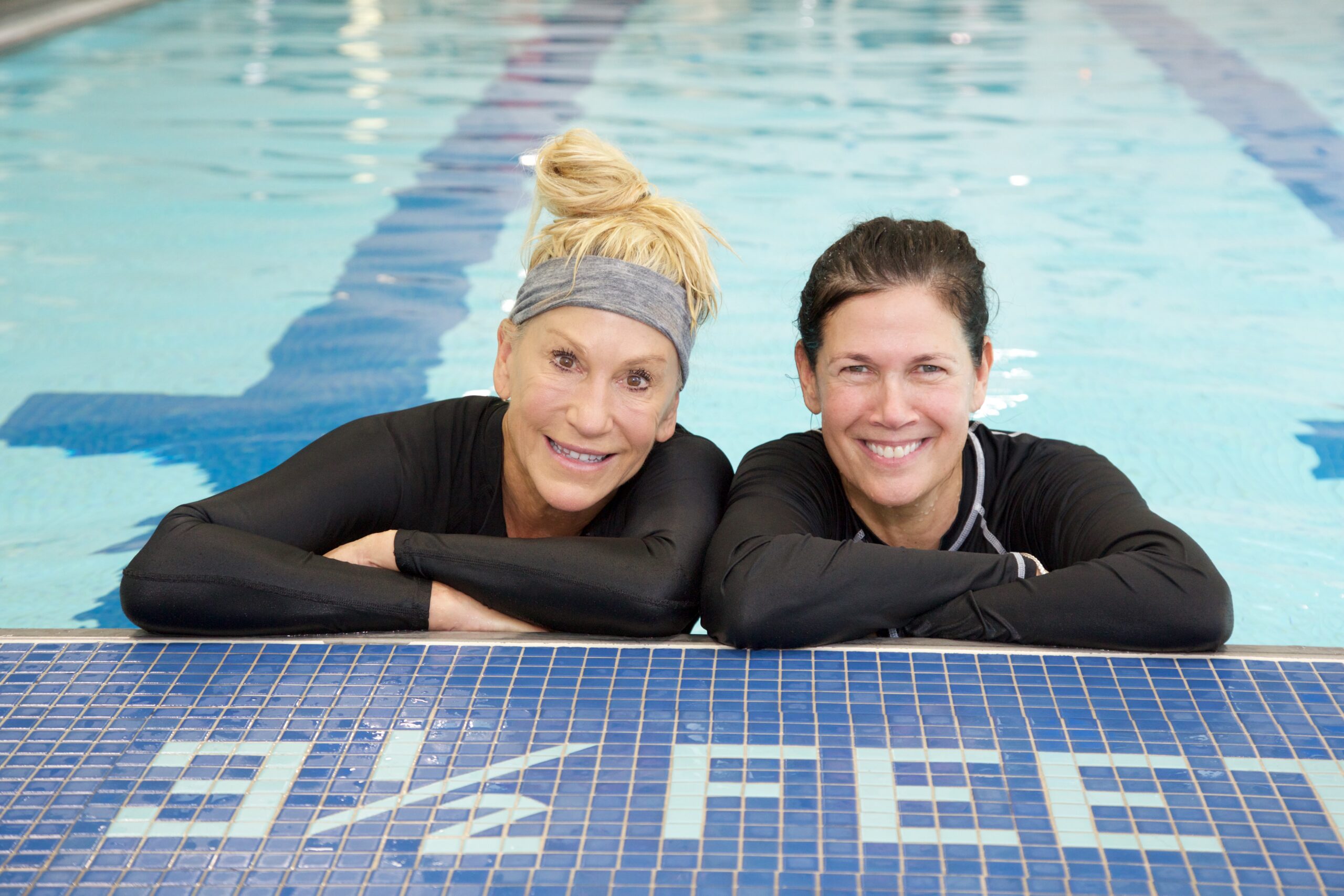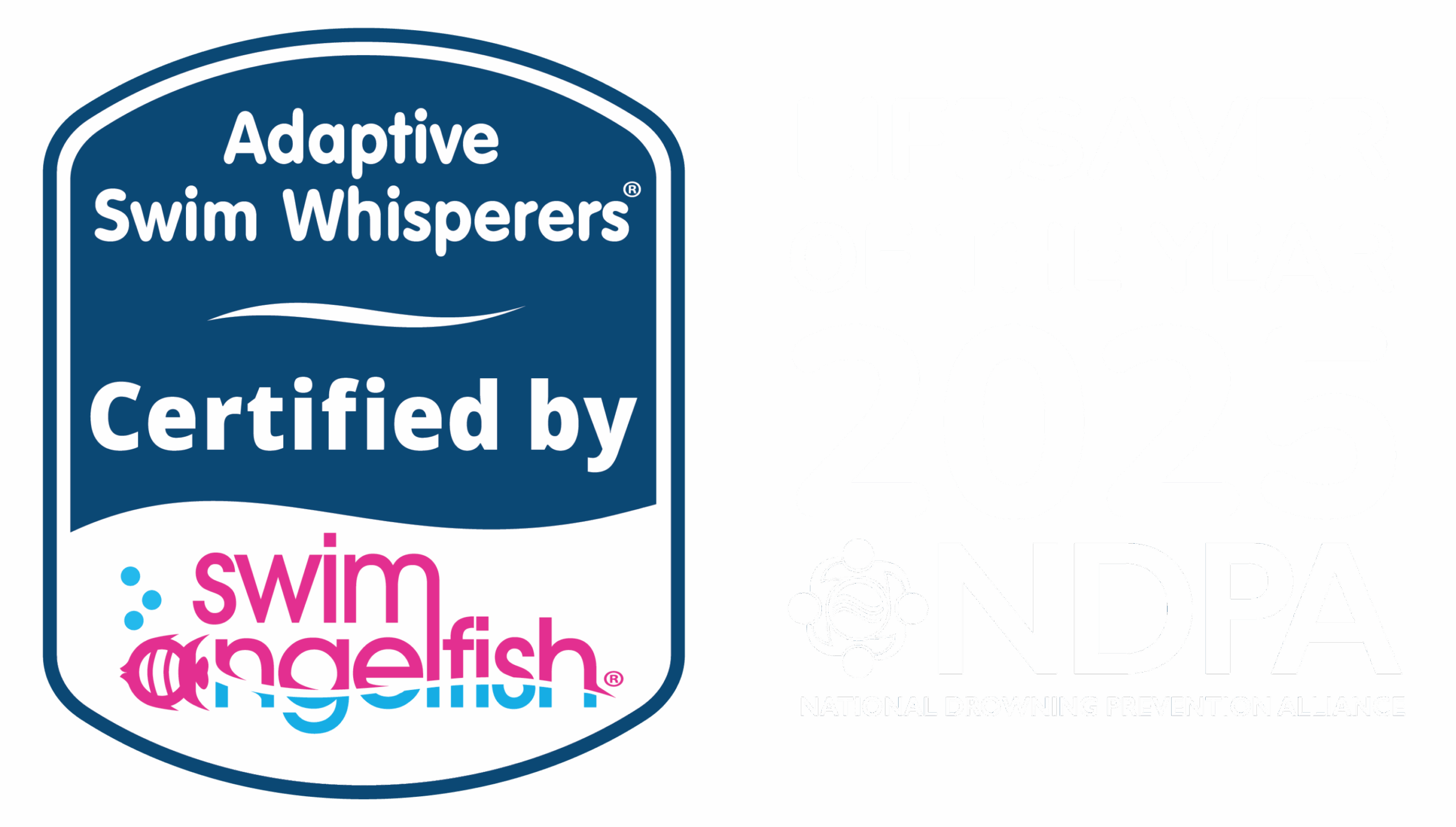A Swim Instructor’s Guide to Primitive Reflexes (ATNR, STNR, TLR)

As a swim instructor, you’ve seen it all: the swimmer whose body is vertical because their legs are doing a bicycle kick, the student who just can’t master consistent bilateral breathing as they coordinate arms and legs with freestyle, or the person who is simply resisting the water with every stroke lacking good streamline positioning. You drill, you correct, and yet, the same problems return.
What if those struggles aren’t due to a lack of effort or understanding? What if they are caused by something completely involuntary—a hidden foundation of movement that’s still running the show?
We are talking about Primitive Reflexes—the fundamental, involuntary movement patterns that are getting in the way of achieving efficient swim stroke mechanics.
We’ll strip away the complex terms and show you exactly what these automatic movement patterns are, and why understanding them is the key to unlocking efficiency and fluidity for your challenged swimmers.
What are Primitive Reflexes?
Primitive reflexes are simply the involuntary, automatic movement patterns we are born with. Think of them as the body’s foundational movement blueprints for survival and early development.
When a baby is born, these reflexes are essential for early development. They help them with crucial initial tasks like feeding, achieving rolling, and building the strength and coordination needed for eventually learning to crawl and stand. These automatic responses are the building blocks that lead to more complex movement skills we use every day, including those required for swimming.
The Reflex Goal: Integration
These reflexes are only meant to be temporary. With typical development and movement, they usually become “integrated” within the first 12 months of life. This integration is crucial because it hands over control to the conscious brain, allowing for complex, voluntary motor movements, like learning to ride a bike—or, importantly, learning to swim efficiently.
When the Reflex Stays “On”
When a reflex doesn’t fully integrate, we call it a “retained” or “unintegrated” reflex. This can happen when a person experiences any kind of developmental challenge early in life.
If a reflex stays active, it can cause challenges when trying to achieve specific motor skills as they just happen automatically .
When someone is under stress (physical or emotional) they resort to these automatic reflex patterns to help achieve the motor skill. It’s important to note that they are not stuck in these patterns and can consciously move out of them. However, when these reflexes become problematic, is when the swimmer is unable to figure out how to move out of the pattern, and that is where we can help.
By practicing specific drills to help them feel what it’s like to move out of a reflexive pattern we begin to unlock their potential.
In the water, involuntary reflex patterns can show up as:
Even when integrated, these reflexes can sometimes “flare up” (called overflow) in moments of stress or extreme effort, making technique suddenly break down—often exactly when your swimmer needs it most!
The 3 Most Important Reflexes for Swim Success
The three foundational reflexes that most directly affect swimming ability are the ATNR (Asymmetrical Tonic Neck Reflex), the STNR (Symmetrical Tonic Neck Reflex), and the TLR (Tonic Labyrinthine Reflex).
Once you understand a little more about these reflexes, you can clearly see how their presence can make an essential swim skill—like maintaining a horizontal body position or coordinated rhythmical breathing—hard to attain.
This is where the real power of integration comes in. As you learn how to help integrate these reflexes, and teach movements out of a reflex pattern, you will be amazed at the effect it has on fluidity and success with swim skills.
Here’s how these “Big Three” show up in swimming:
Impact of 3 Retained Reflexes in Swimming
1. ATNR: The Asymmetrical Tonic Neck Reflex
The ATNR is often called the “Fencer’s Reflex” because of the involuntary position it forces the body into.:
How This Disrupts Swimming Skills:
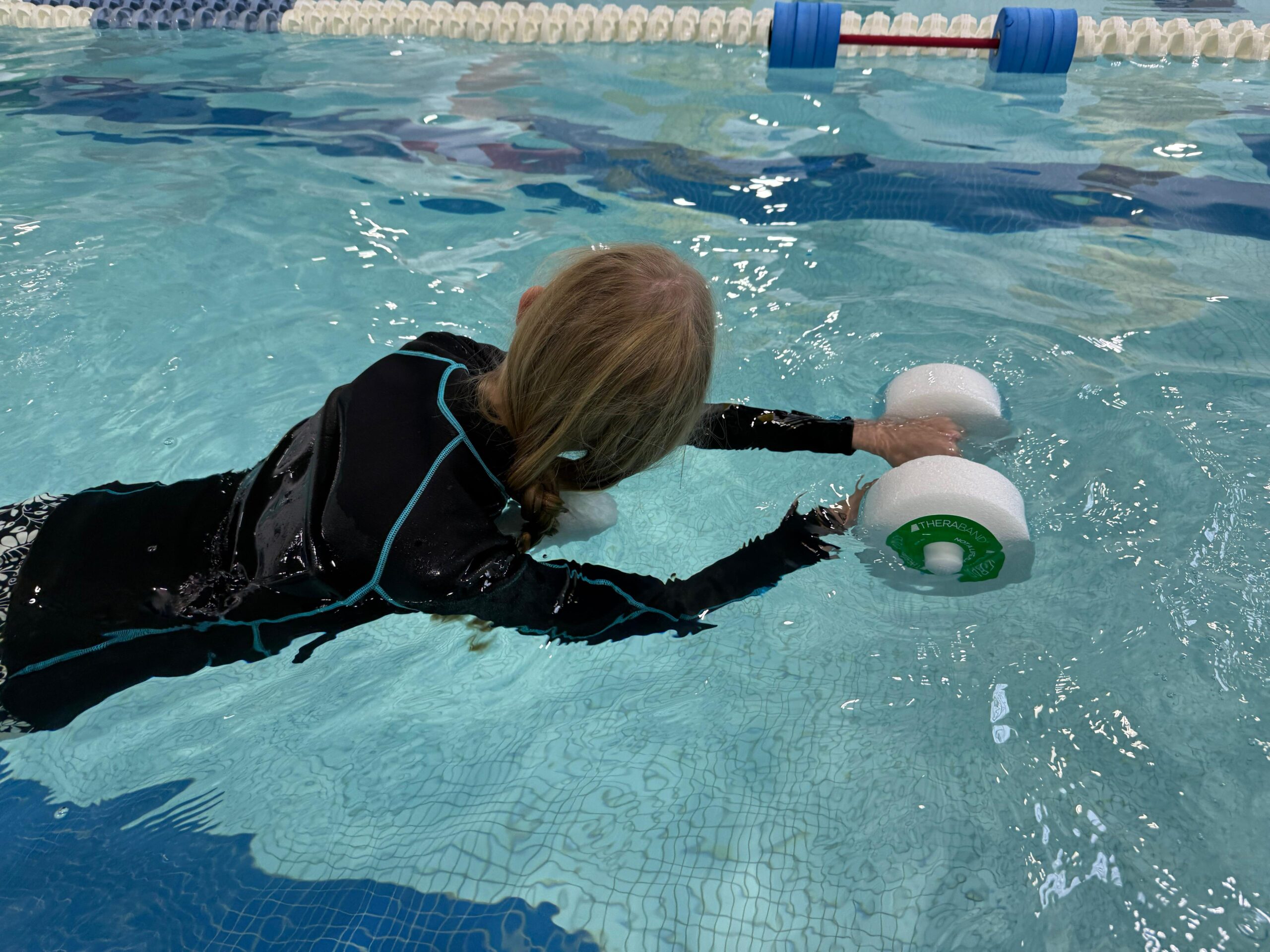
Imagine a swimmer taking a breath during Freestyle. As they turn their head to the side, the involuntary ATNR pattern activates. This can cause their pulling arm to suddenly lock straight or jerk out of the water, completely disrupting their catch, pull, and recovery. Because the reflex forces this specific movement every time the head turns, it makes a smooth, consistent rhythm—especially for bilateral breathing—extremely difficult to achieve. It also effects continuous kicking because one leg is pulled into flexion.
The main impact is a significant disruption of the pull, breath timing, and continuous kicking, in Freestyle.
2. The STNR: Symmetrical Tonic Neck Reflex
The STNR is a pattern that connects the movement of the head and neck to the movement of the arms and legs in a symmetrical way:
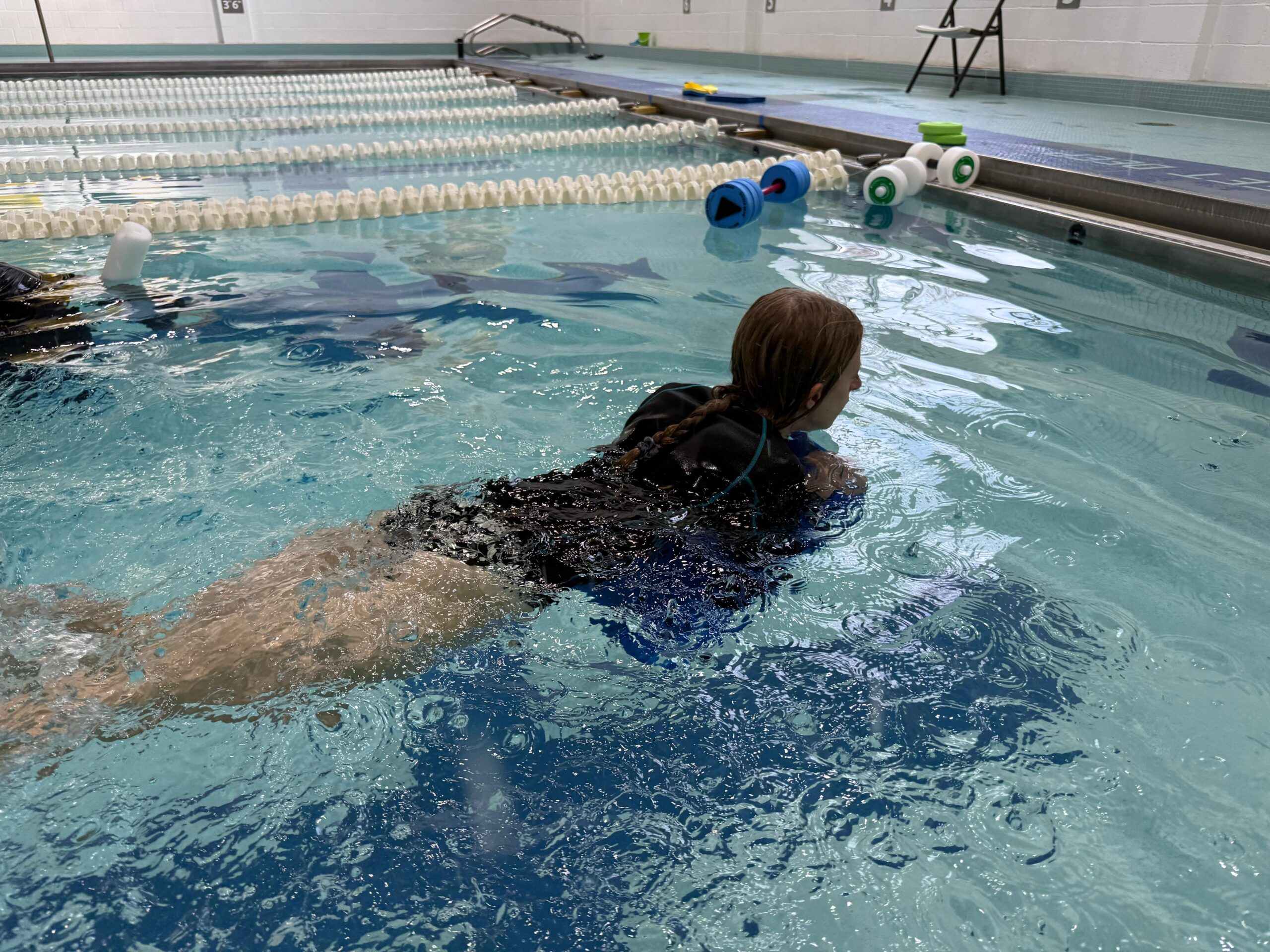
How This Disrupts Swimming Skills:
The STNR often creates the classic “seesaw” motion in the water. For swimmers doing Breaststroke or Butterfly, this reflex can completely disrupt the powerful undulation required for those strokes.
When the swimmer lifts their head to breathe, the involuntary response causes the hips and legs to drop, stalling forward momentum.
This also affects Freestyle for swimmers that are uncomfortable going underwater, because they often swim with their head extended. This causes their legs to drop and creates a bicycle kicking movement, which in turn causes vertical swimming and it makes propulsion extra hard since their body doesn’t glide efficiently.
The biggest impact is the significant disruption of body position and hip stability, leading to wasted energy and poor efficiency.
3. The TLR: Tonic Labyrinthine Reflex
The TLR can be referred to as the “Gravity Reflex” as it is highly sensitive to gravity and the position of the head relative to the body. It influences muscle tone depending on whether the head is tucked toward the chest or tilted back.
How This Disrupts Swimming Skills:
The TLR is often the root cause of the classic “sinking-legs syndrome”—especially in Backstroke or Back Float.
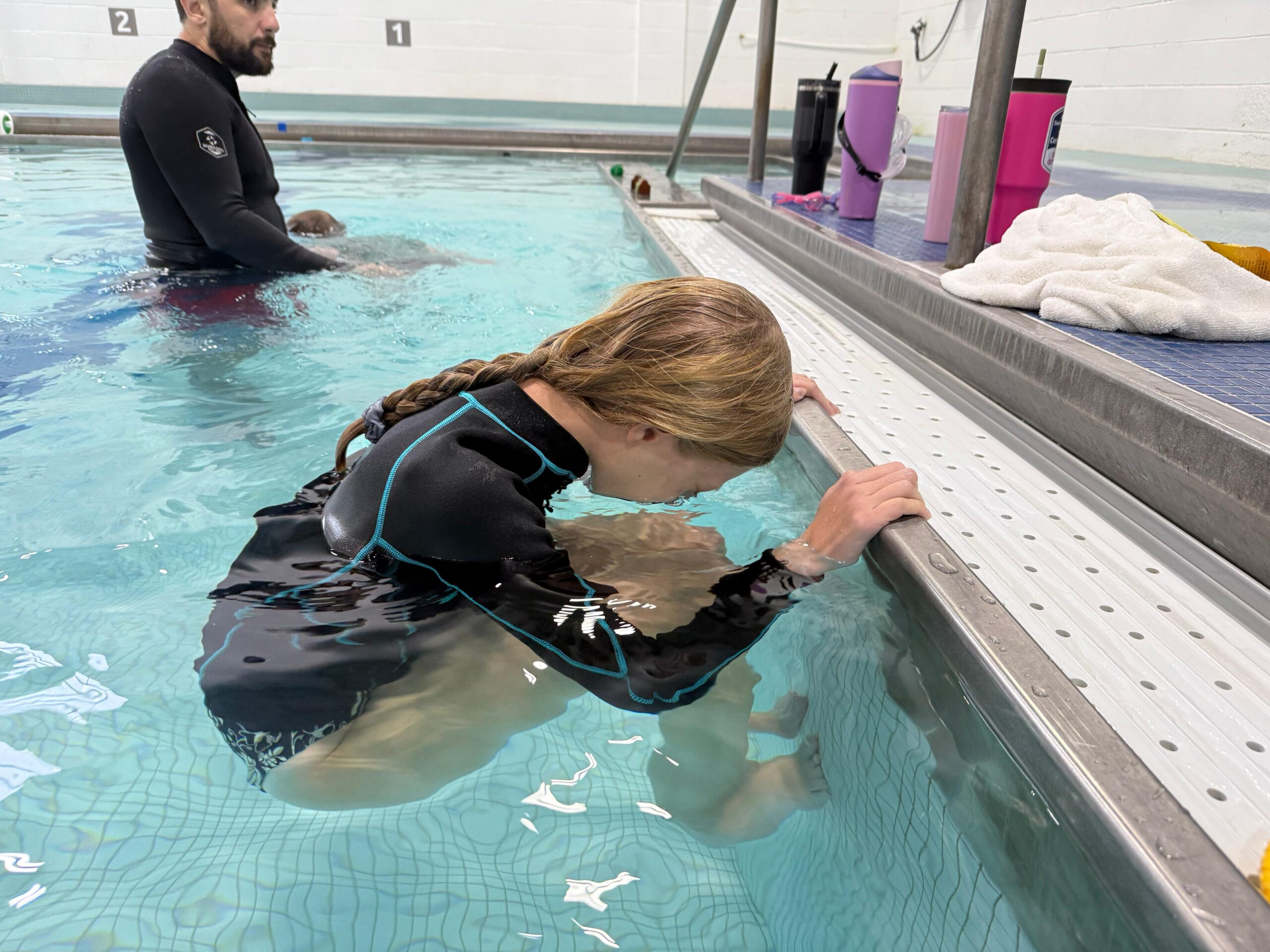
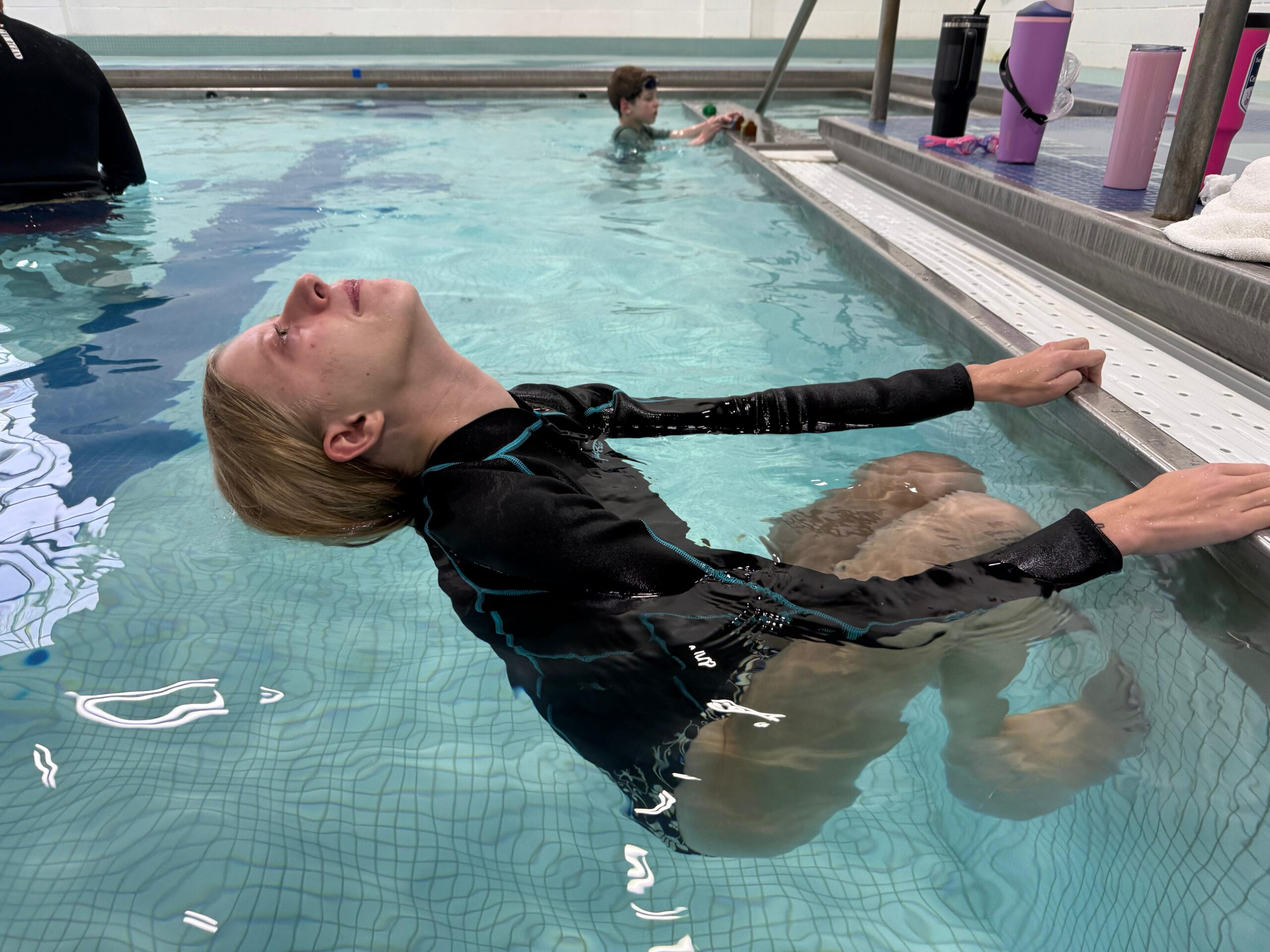
For a swimmer trying to maintain a horizontal , streamlined position on their back, if the head is tilted back even slightly (which is common), the reflex kicks in and causes the body to follow the head and dunk under the water, which can be uncomfortable. Conversely, when a swimmer drops their head forward, the TLR pulls the whole body with it—making it almost impossible to hold the start position and increasing the chance of a false start.
The shows up as a lack of buoyancy and a stable, horizontal body position, making the most foundational swim skill—maintaining a horizontal body—a constant, exhausting fight.
Ready to Stop Fighting Resistance?
You now understand exactly how the ATNR, STNR, and TLR—the “Big Three” reflexes—can interfere with a swimmer’s body position, propulsion, and breathing rhythm.
The next step is addressing the root issue.
By learning the right activities to help your students practice moving out of the reflex pattern, you can initiate the integration process and watch their movement shift from strained to fluid.
The good news? With consistent practice the swimmer can integrate the retained reflex to achieve greater swim success!
Want to dive deeper right now? You don’t have to wait! Take a deep dive into common primitive reflexes with the “Splashing Into Reflexes” 2-hour online course and unlock the aquatic potential of your therapy clients or swimmers.

